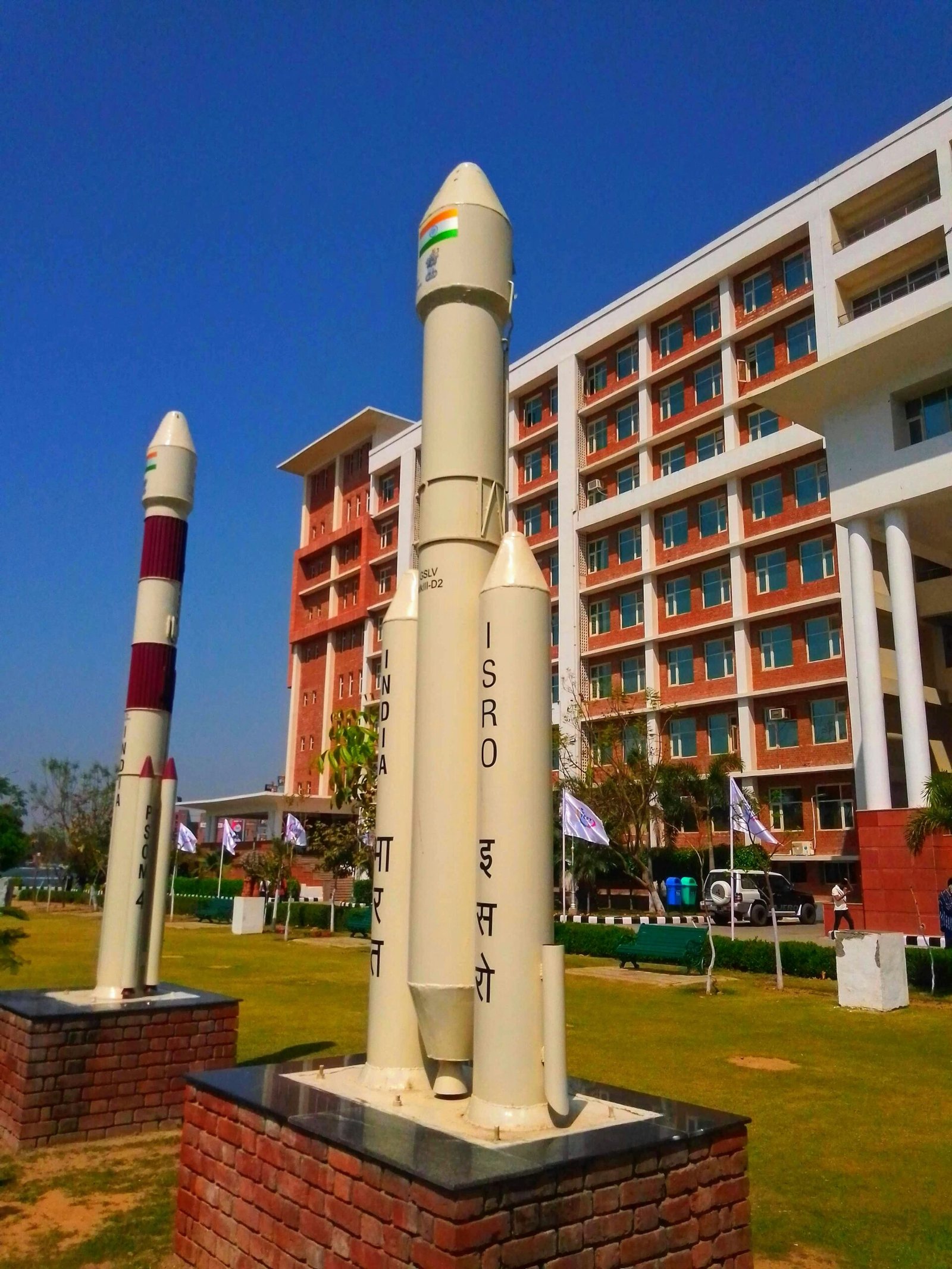Introduction to the APPLE Satellite and its Historical Significance
The launch of the APPLE (Ariane Passenger Payload Experiment) satellite on June 19th, 1981, marked a pivotal moment in India’s space exploration history. This event was not just a technological milestone but also a testament to the Indian Space Research Organisation’s (ISRO) growing capabilities in satellite technology. The early 1980s were a period of intense global interest in space, with numerous countries striving to make their mark. Amid this competitive landscape, India’s successful deployment of APPLE signified its entry into the advanced satellite technology arena.
APPLE was ISRO’s first three-axis stabilized experimental geostationary communication satellite, and its technical sophistication set it apart from previous satellite missions. Prior to APPLE, ISRO had primarily focused on low-earth orbit satellites, which had different operational and technical requirements. The introduction of the three-axis stabilization system in APPLE allowed for more precise control and positioning, which was essential for communication satellites. This innovation underscored India’s commitment to achieving self-reliance in space technology.
The satellite’s launch was facilitated by the European Space Agency’s Ariane-1 launch vehicle from the Kourou spaceport in French Guiana. This collaboration highlighted the international dimension of space exploration, where technological exchange and cooperation were key. The success of the 19th June 1981 launch of India’s APPLE satellite was a clear demonstration of ISRO’s engineering prowess and strategic vision. It laid the groundwork for future projects and established India as a credible player in the space sector.
Historically, the APPLE satellite’s launch was significant for several reasons. It symbolized a leap forward from basic experimental satellites to more complex, application-oriented ones. This transition was crucial for the development of India’s communication infrastructure and paved the way for subsequent advancements in satellite technology. The APPLE mission’s success also bolstered national pride and inspired a generation of scientists and engineers, fueling further innovations and achievements in India’s space program.
The Impact of APPLE on India’s Space Program and Future Advancements
The 1981 launch of India’s APPLE (Ariane Passenger Payload Experiment) satellite stands as a pivotal event in the history of the Indian Space Research Organisation (ISRO). This milestone marked India’s entry into the era of satellite communication, establishing a foundation for future advancements in space technology. The success of APPLE, launched on 19th June 1981, served as a testament to ISRO’s growing capabilities and set the stage for a series of significant developments in the decades that followed.
One of the direct outcomes of the APPLE mission was the accelerated development of the INSAT (Indian National Satellite System) series. These multipurpose geostationary satellites have played a crucial role in meteorology, telecommunications, broadcasting, and search and rescue operations. The INSAT series not only improved domestic communication infrastructure but also facilitated the growth of industries reliant on satellite technology.
Following the INSAT series, the GSAT (Geostationary Satellite) series further cemented India’s prowess in satellite communication. These satellites enhanced India’s telecommunication networks and provided critical services in areas such as television broadcasting, internet connectivity, and disaster management. The successful deployment and operation of the GSAT series underscored the technological advancements that were made possible by the pioneering efforts of the APPLE mission.
Moreover, the triumph of APPLE had significant implications for India’s international standing. It showcased ISRO’s capabilities on the global stage, fostering collaborations with other space-faring nations. For instance, partnerships with agencies such as NASA and the European Space Agency (ESA) have grown, leading to collaborative missions and shared technological advancements.
In addition to these strategic collaborations, the launch of APPLE inspired a new generation of scientists and engineers within India. The mission’s success instilled a sense of pride and ambition, driving further innovations and bolstering India’s position in the global space community. The legacy of the APPLE satellite continues to influence contemporary projects, ensuring that India remains a key player in the realm of space exploration and technology.

